How Does My Pacific Northwest June Garden Grow?
I have spent the majority of my time in the garden, and the greenhouse over the last 3 months. And it’s all starting to pay off! So come along with me to see how my Pacific Northwest garden grows in June!
This spring has been very different from the past years. Because of everything going on in the world these last few months, the garden has been a sanctuary for me.
There is something to be said for garden therapy. It’s a chance to enjoy the outdoors and take in all the beauty that nature has to offer.
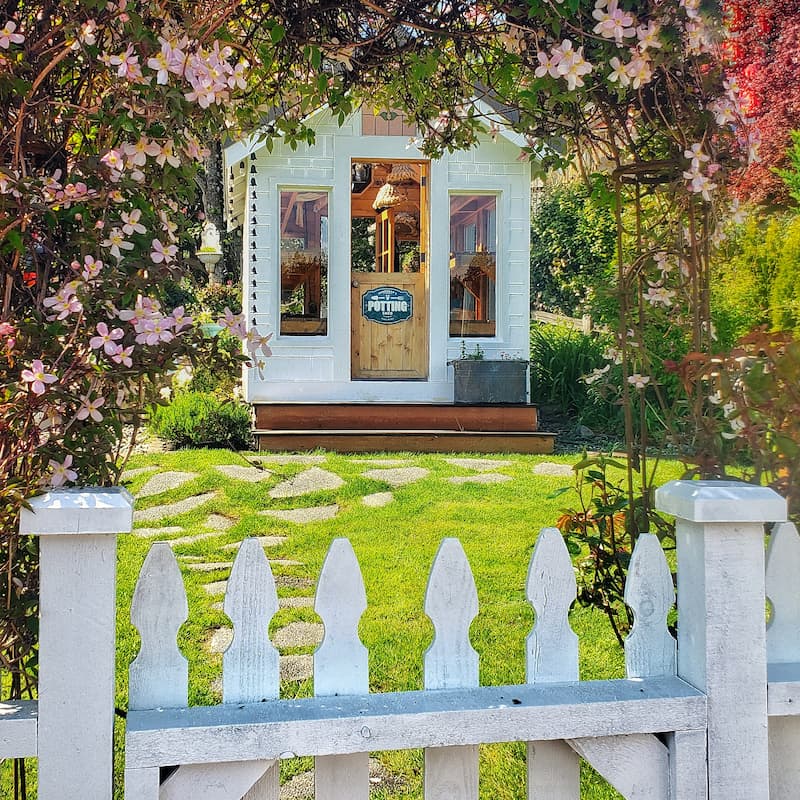
As an Amazon affiliate, I earn a commission from qualifying purchases at no additional cost to you. My blog also features other affiliate links for your convenience. Click here to read my privacy policy.
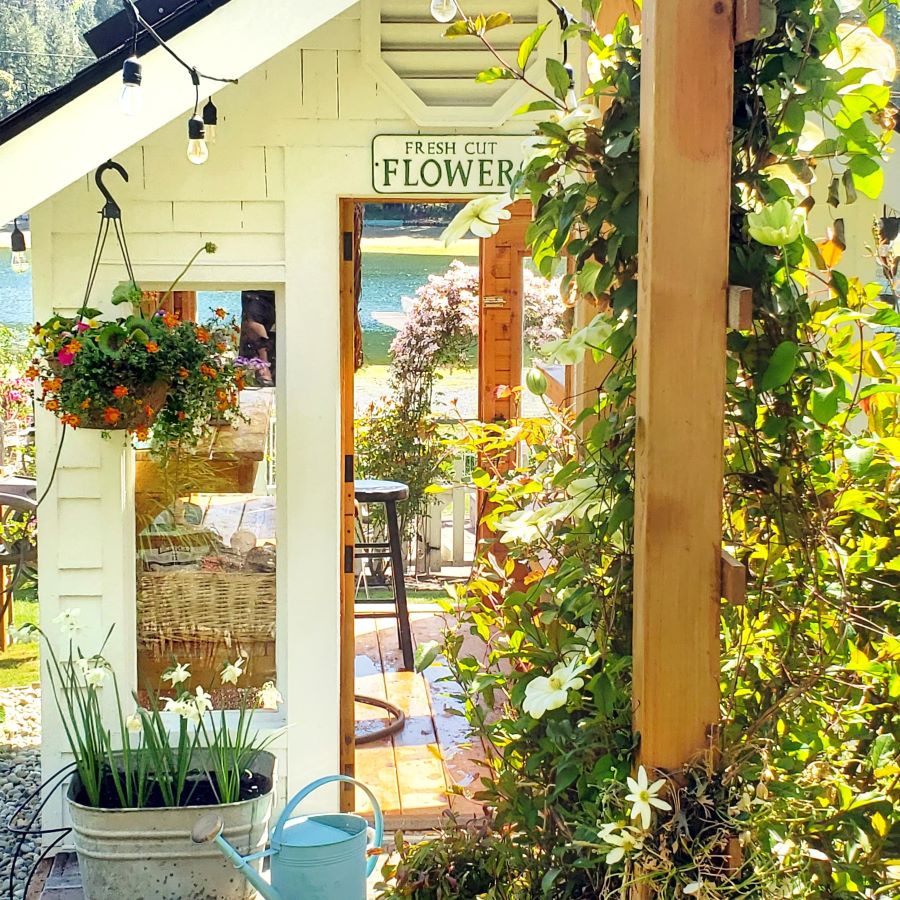
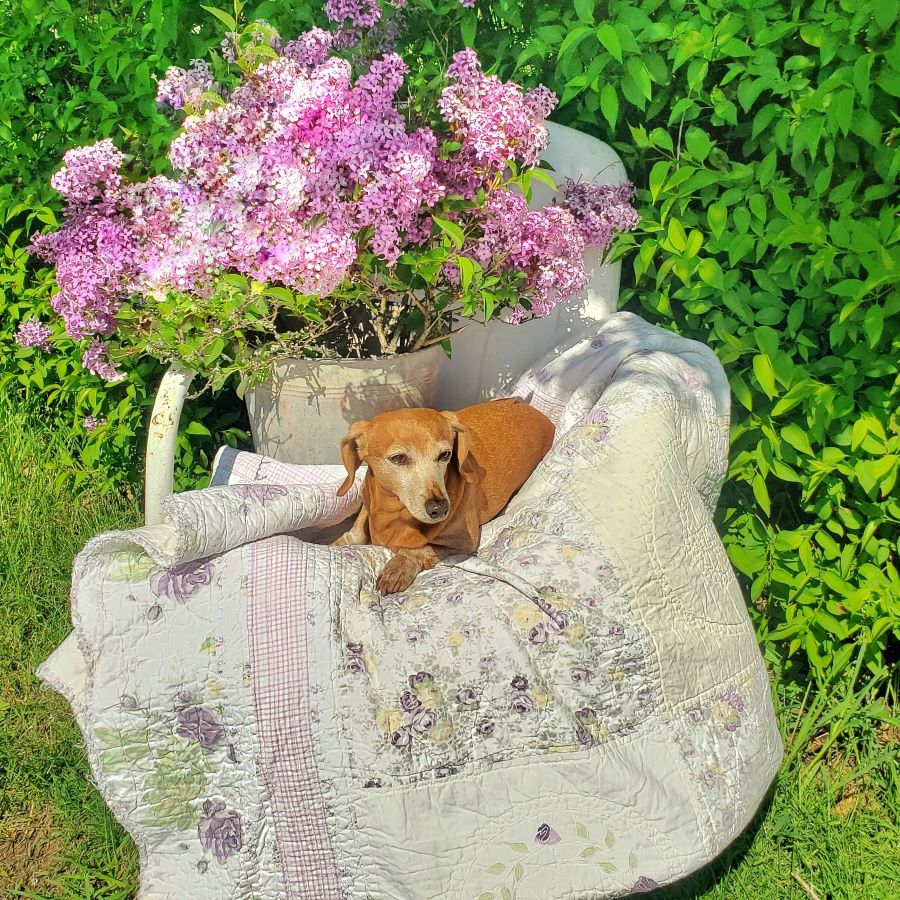
For those of you who are new to my blog, I live in the PNW, which is zone 8. I currently have lilacs, wisteria, clematis, Japanese roses, rhododendrons, azaleas, and mock orange blooming.
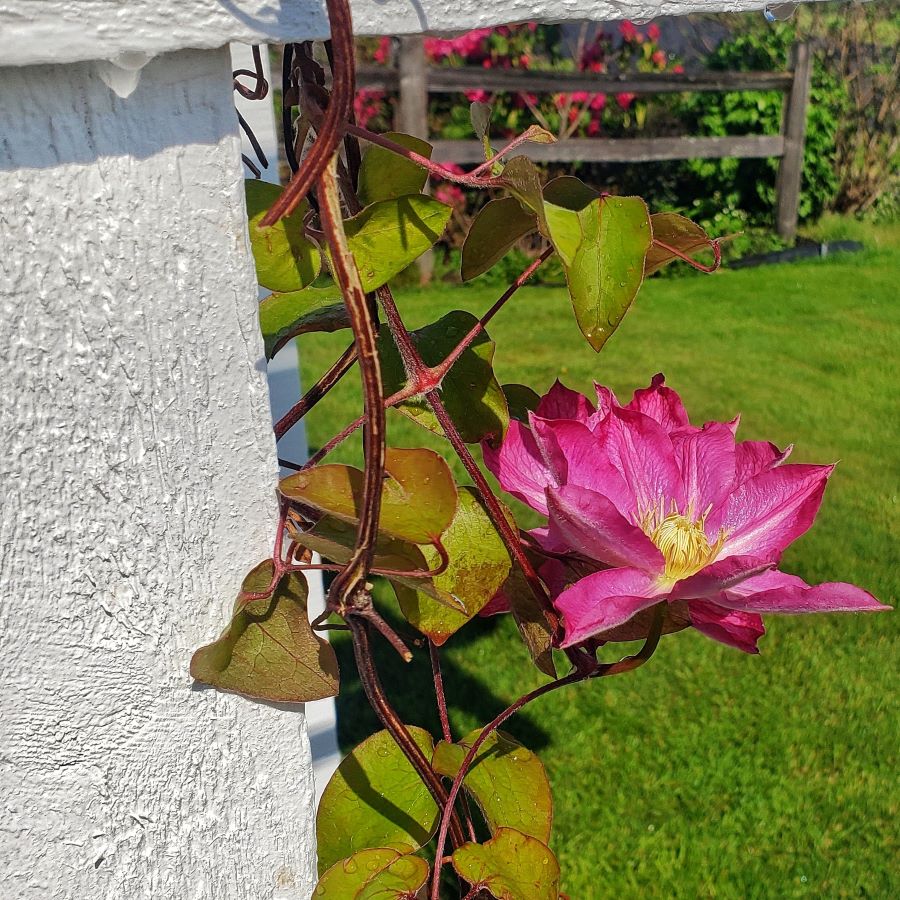
The roses and hydrangeas are getting ready to bloom soon, and I can’t wait to show you when they do!
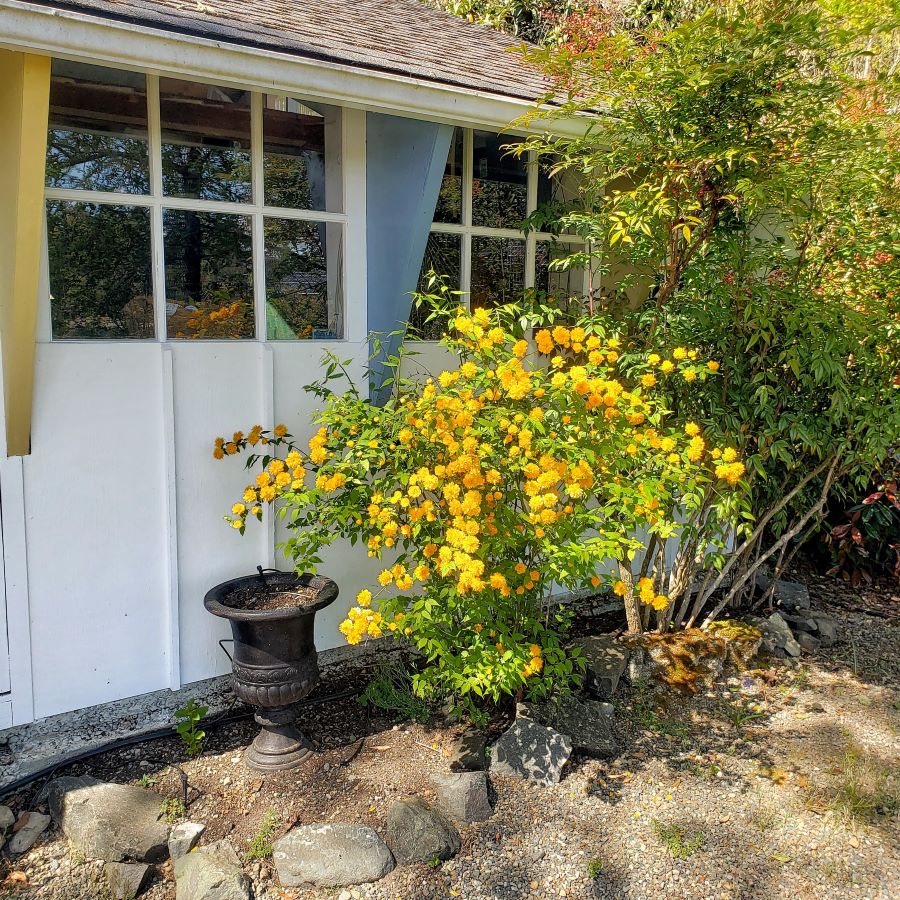
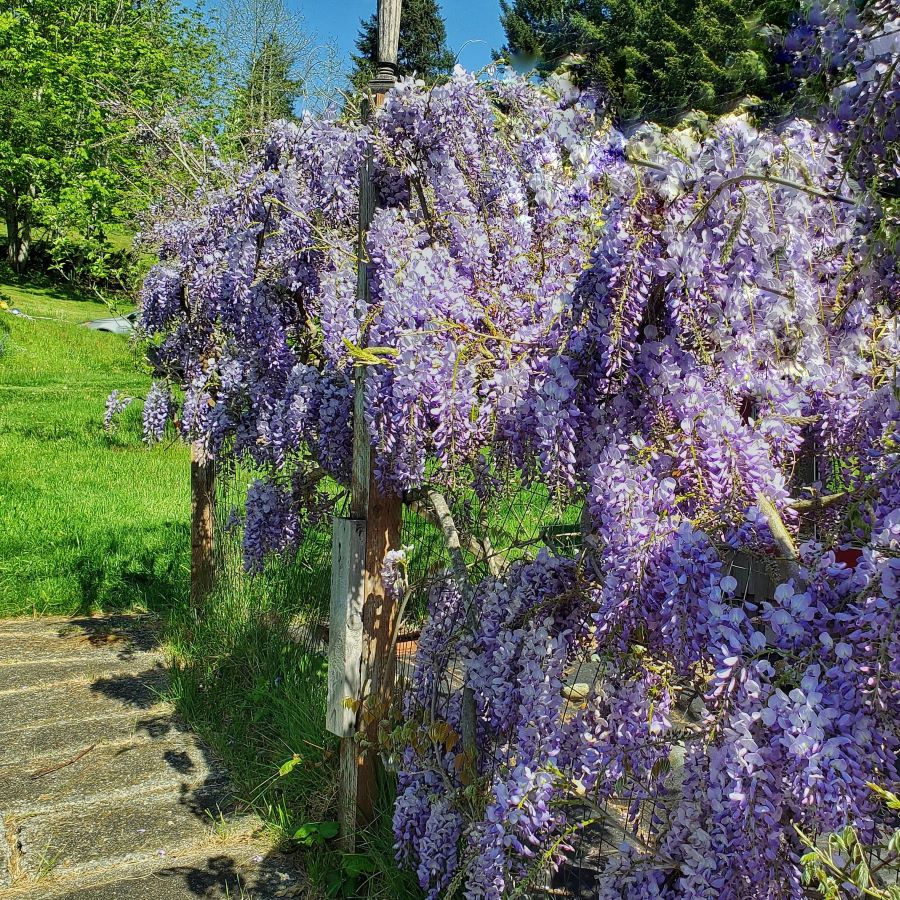
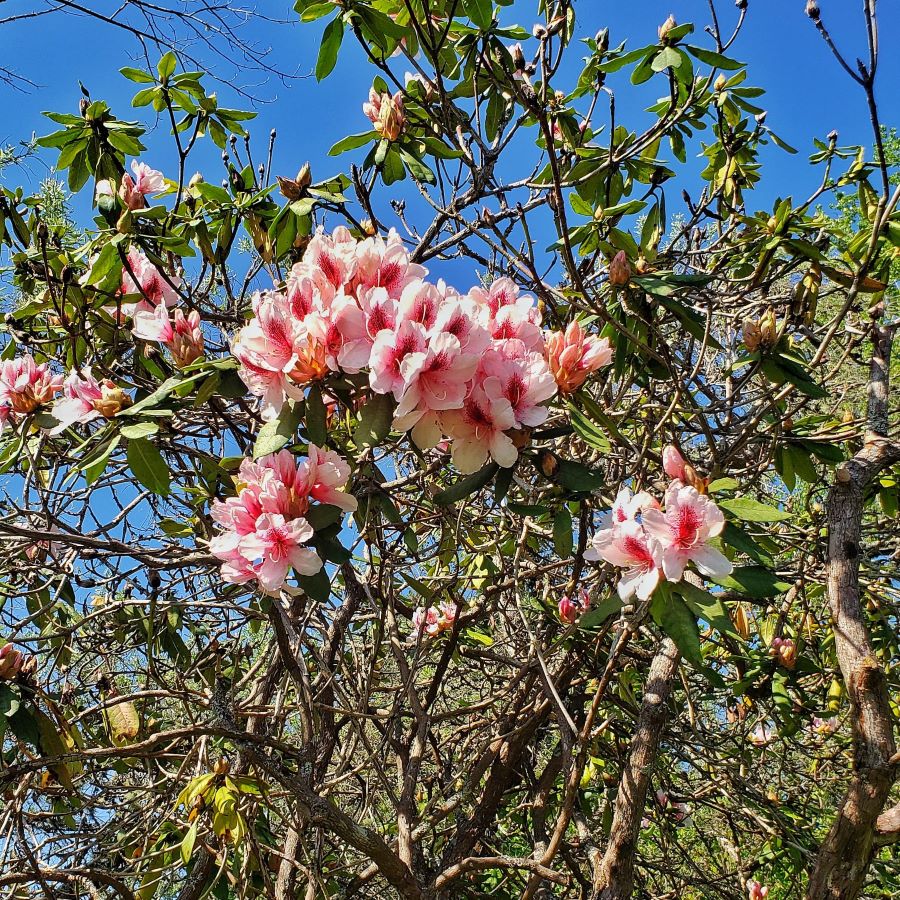
Getting the Garden for Spring
Seed Starting
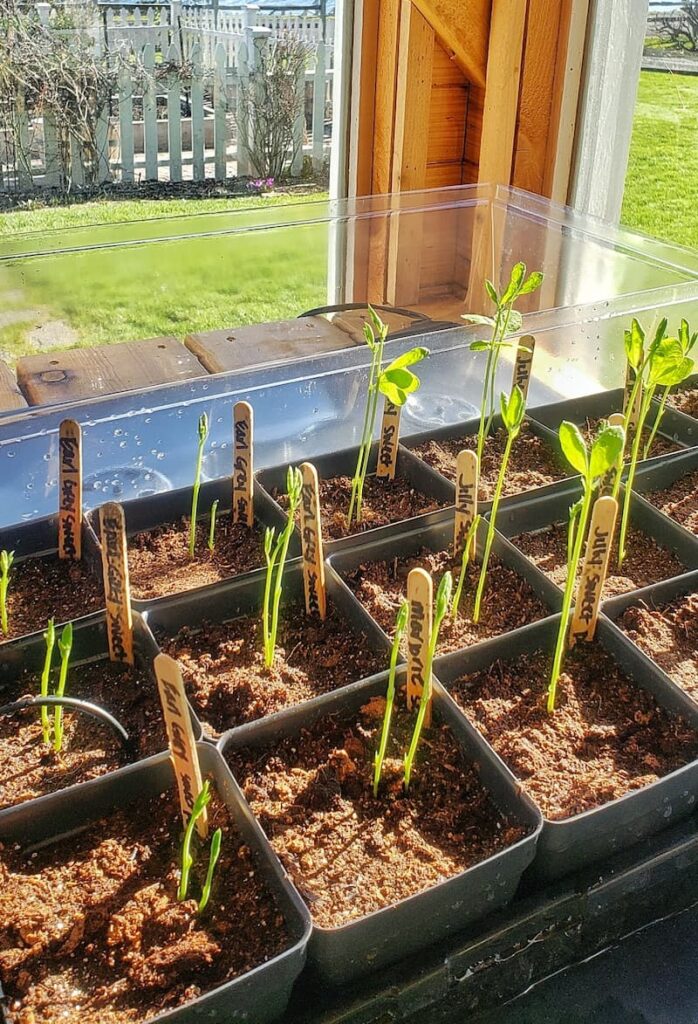
I usually start my seed planting in February and March, depending on the variety.
Growing seeds for the garden is not only a great way to get a jump on the season, but to grow many different varieties of flowers you may not find at a nursery.
The amount of money it takes to buy a packet of seeds will most likely cost the same as one plant!
Starting Geraniums from Cuttings
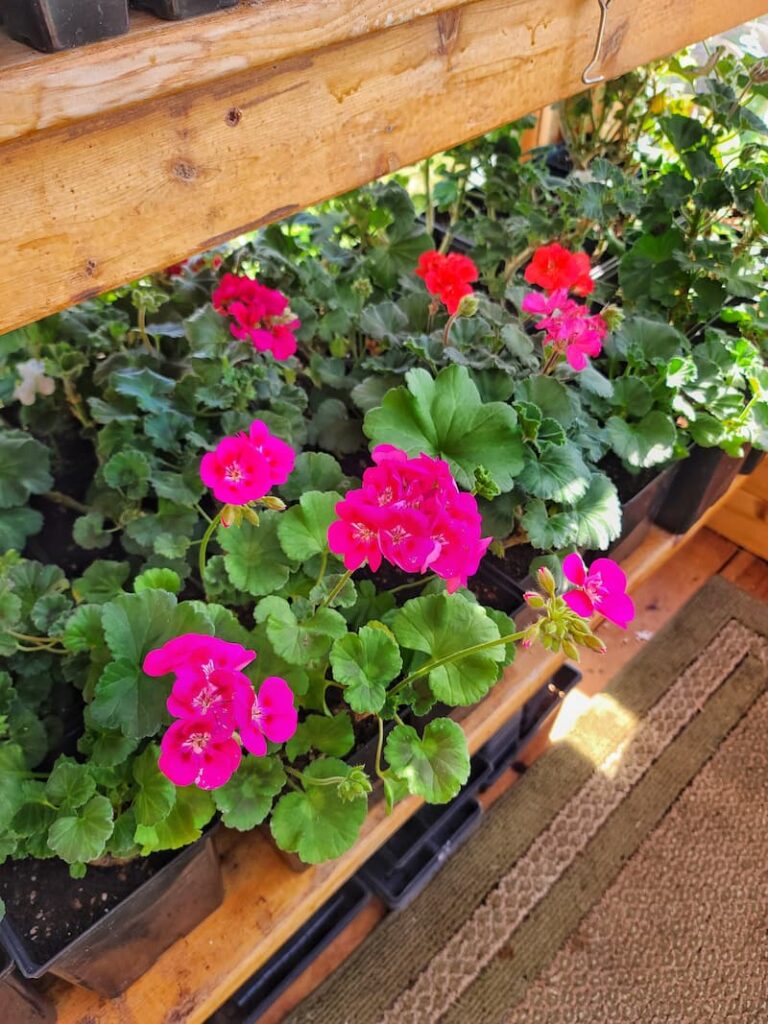
Geraniums are one of my favorite flowers to add to planters and window boxes. I used to spend hundreds of dollars each year, purchasing enough flowers to fill the pots around my yard.
But the great news is, I can now plant new starts from my existing geraniums.
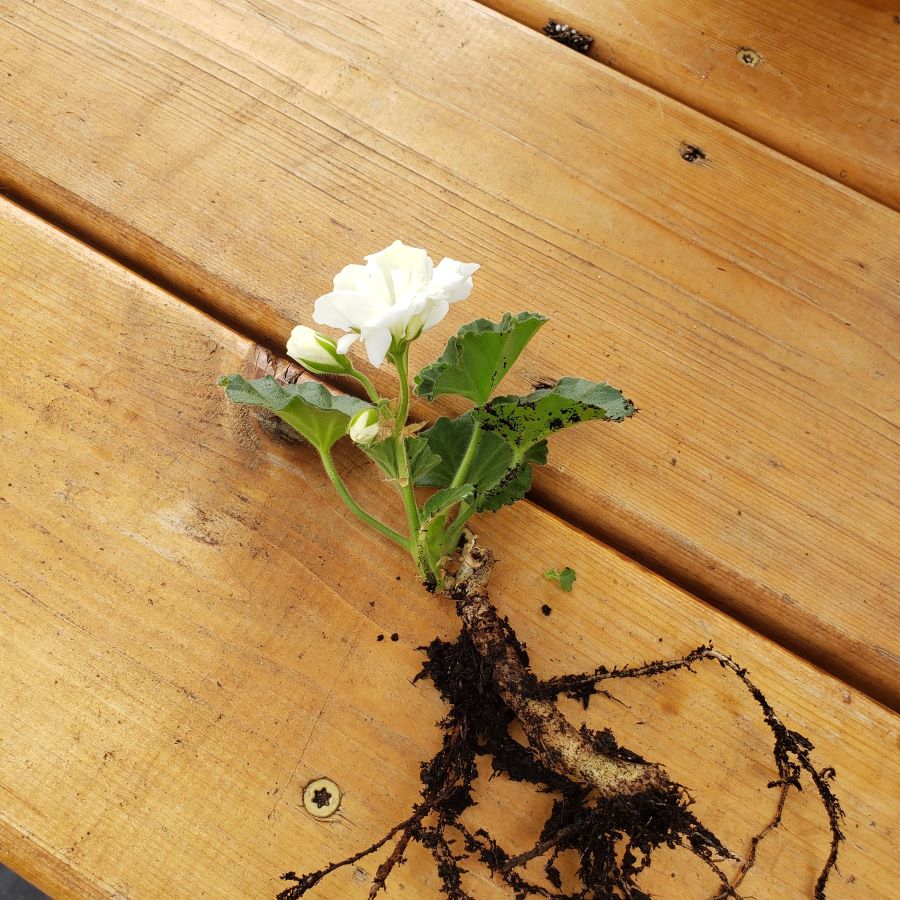
These plants are easy to maintain, grow, and propagate. I started this process on the first day of spring this year but will start my geranium cuttings as early as the first of March next year.
This will give them more time to root properly before transplanting them.
Cutting Ferns Back
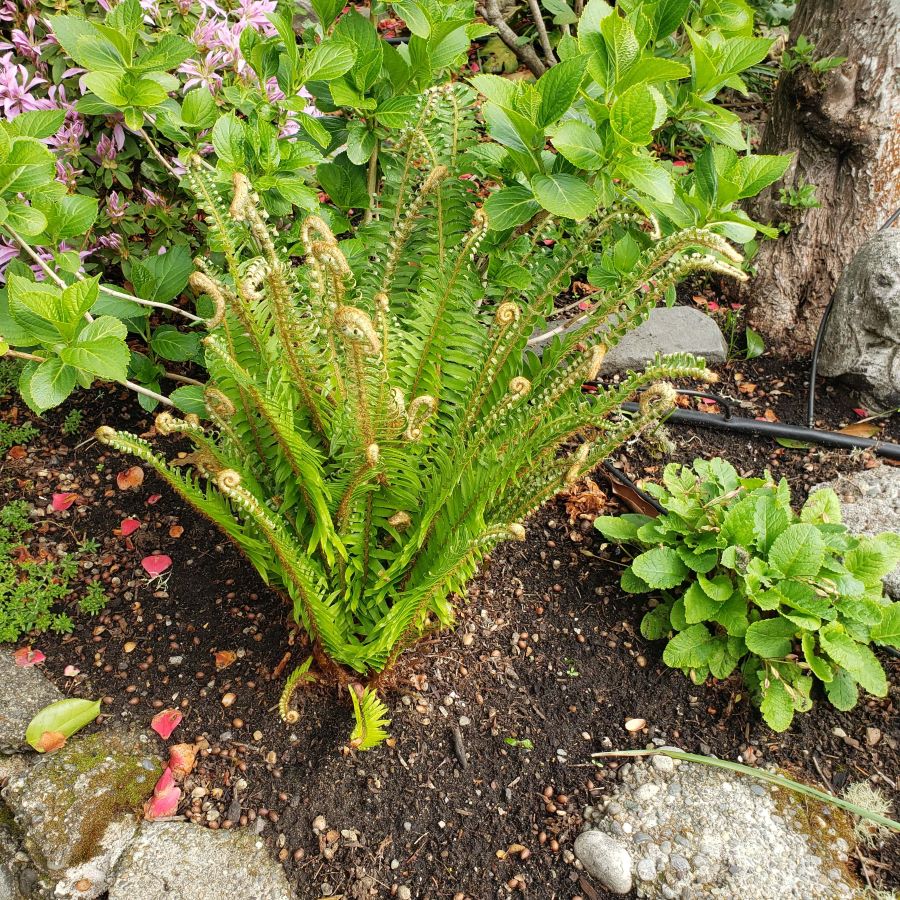
I cut my ferns down to the ground every March. They tend to get a little tired and perk back up with new frond growth. The space in your garden will look a little underwhelming for a month or so, but it will be worth it. I promise!
Dividing Perennial Plants
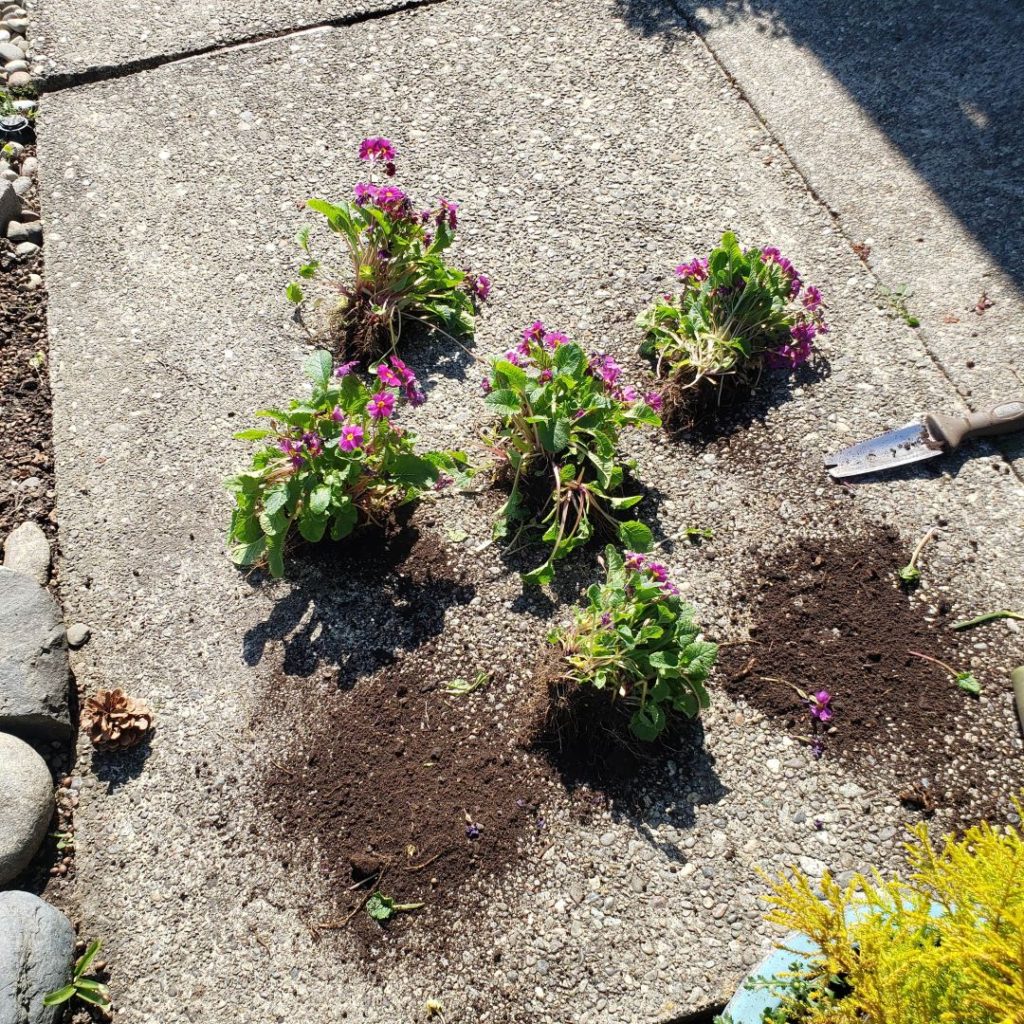
Dividing perennials in your yard can be beneficial for so many reasons. This process keeps your plants healthy while keeping your garden from looking overgrown and messy.
Creating additional plants that will grow in your garden can be used in places throughout your yard, which is guaranteed to save you money. You can also share these perennials as a gift for a friend or neighbor.
Cutting Back Spring Bulb Flowers and Leaves
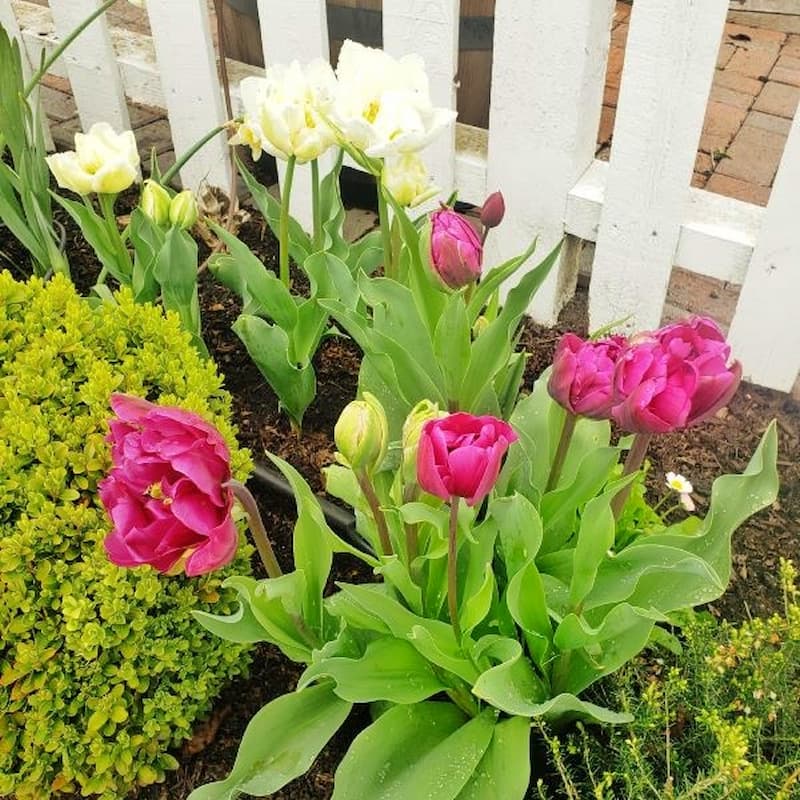
It’s such a temptation to want to cut down all the brown leaves that your spring bulbs leave behind. Your garden can look messy and unkempt. But if you are counting on your spring bulbs to bloom again next year, you will need to leave them until they die off.
Read my blog post for more information about when to cut your spent bulb foliage back.
Transplanting My Seed Starts
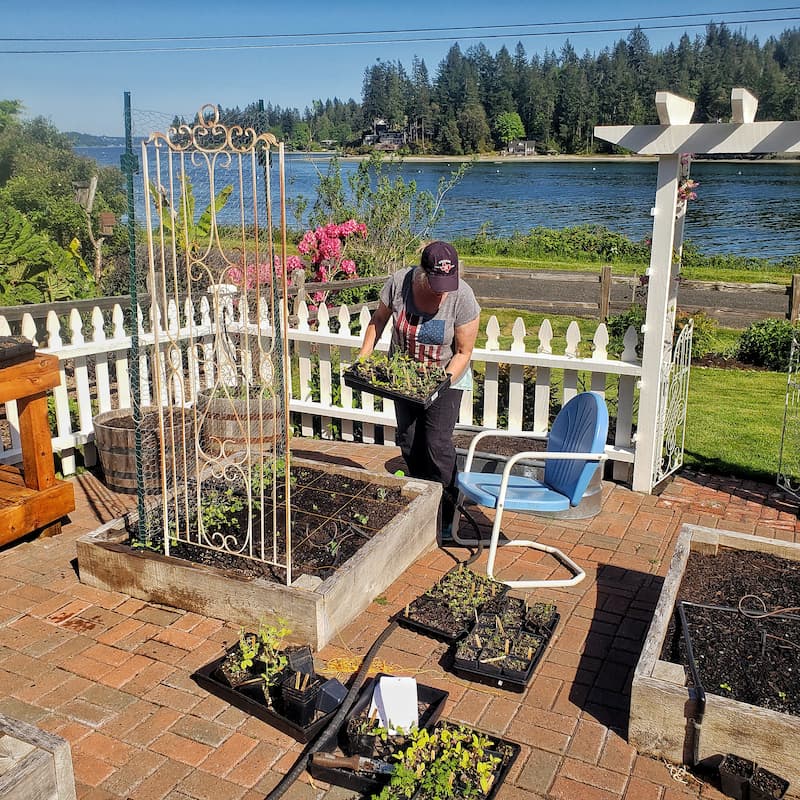
The day has finally arrived and I am in the process of transplanting my seed starts into the garden.
Not only do I fill the raised beds with flower and vegetable seeds, but I also sprinkle them throughout the rest of the garden to add color and interest to the existing perennials.
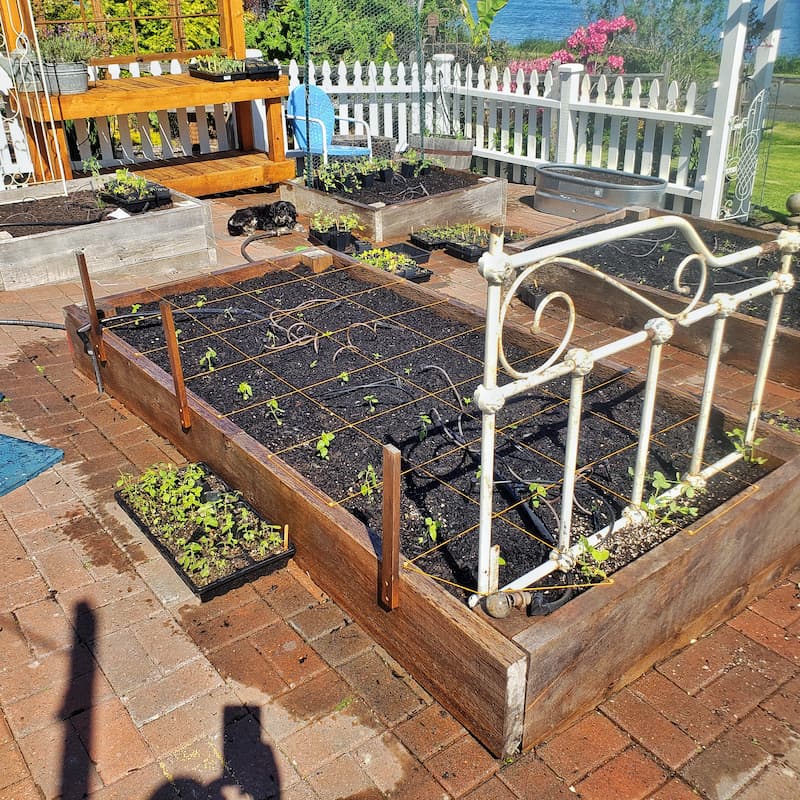
I always find it a challenge when it comes to eyeballing 12-inch squares in my raised beds.
Installing screws to the bed frame, 12 inches apart, and leaving them partially extended, allows me to wrap twine around the screws temporarily. As you can see, my squares are now perfectly even. Problem solved!
Adding Organic Material is Beneficial to the Garden
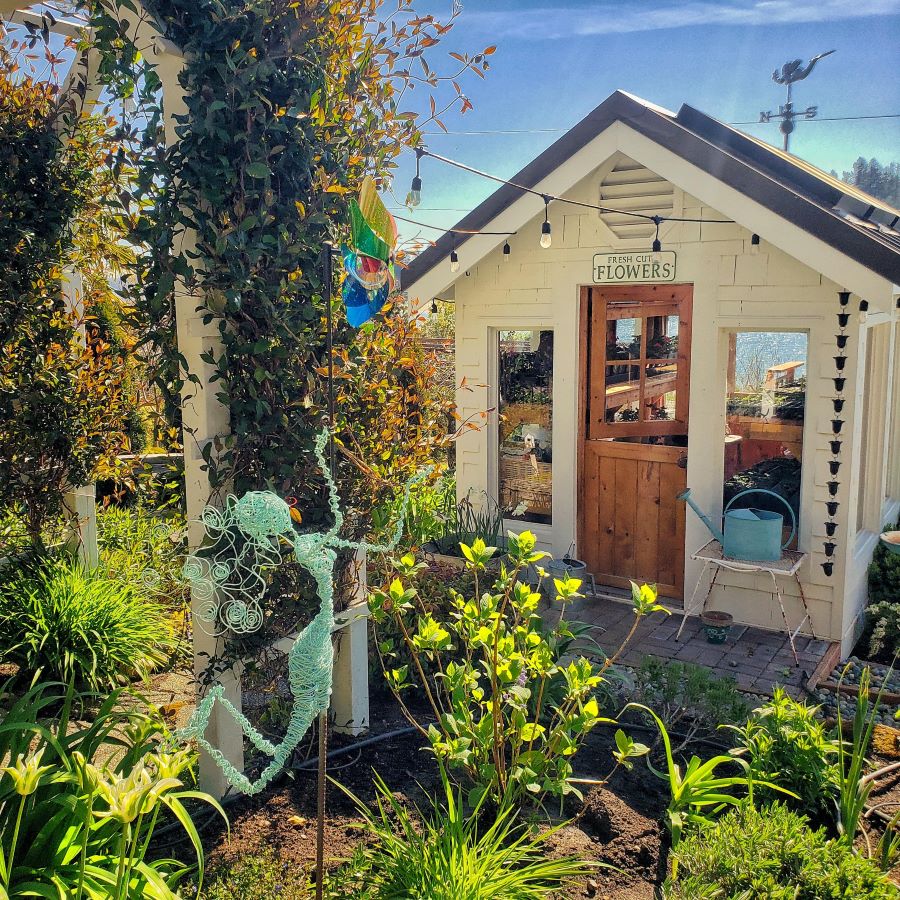
Fish compost is added to my garden every year to help make it healthier, and more pest-resistant. It provides valuable slow-release nutrients.
It is so beneficial to add mulch or compost to the garden. It helps retain moisture in the soil for a longer period and provides a natural barrier for weeds.
Final Thoughts
I hope you enjoyed seeing how my garden grows this spring.
If you have any questions or additional suggestions, please share them in the comments below. And be sure to share this blog post link with anyone who may find these gardening tips useful.
Until next time,
Happy Gardening!

I’m a self-taught hobby gardener. Everything I share on my blog is my opinion and what has worked for me.
Follow Me for More Inspiration
Shop my Amazon Storefront, LTK sources, and my favorite home decor, garden, and lifestyle products. When you purchase from one of my links, I earn a small commission, which helps me continue sharing all the content you expect on my blog.
Be sure to follow me on Pinterest, Instagram, Facebook, TikTok and LIKEtoKNOW.it. Do you like gardening? Join my Facebook Gardening Tips & Tricks group.

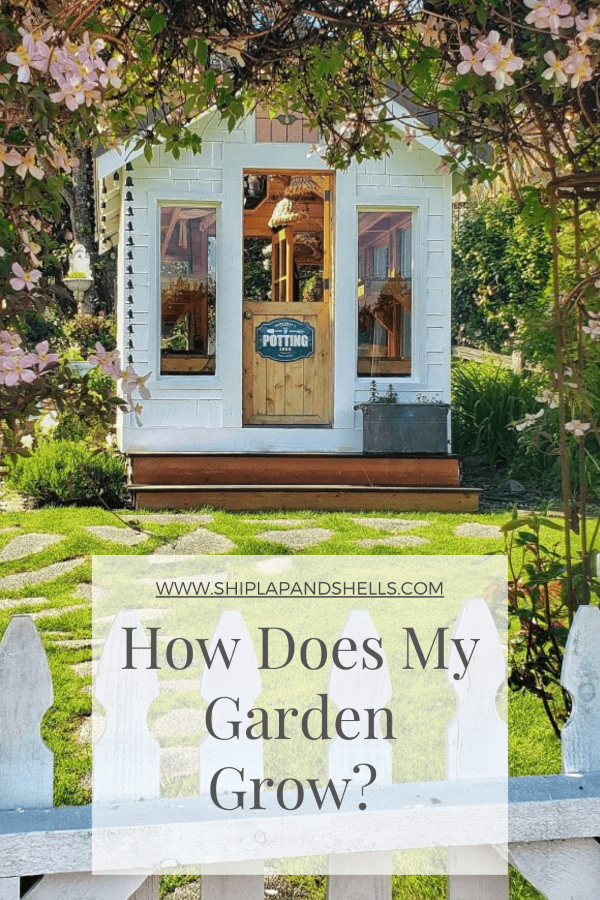
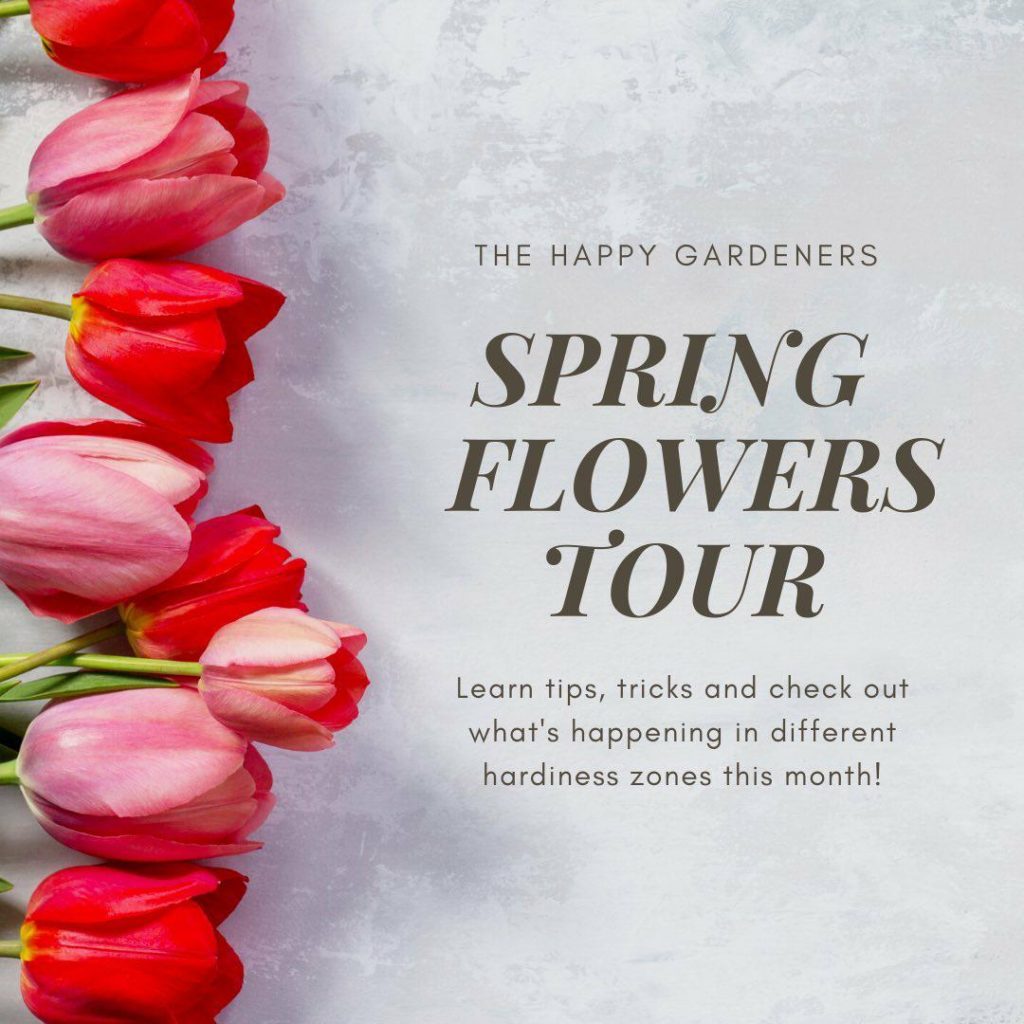

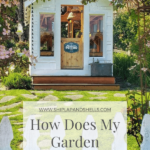
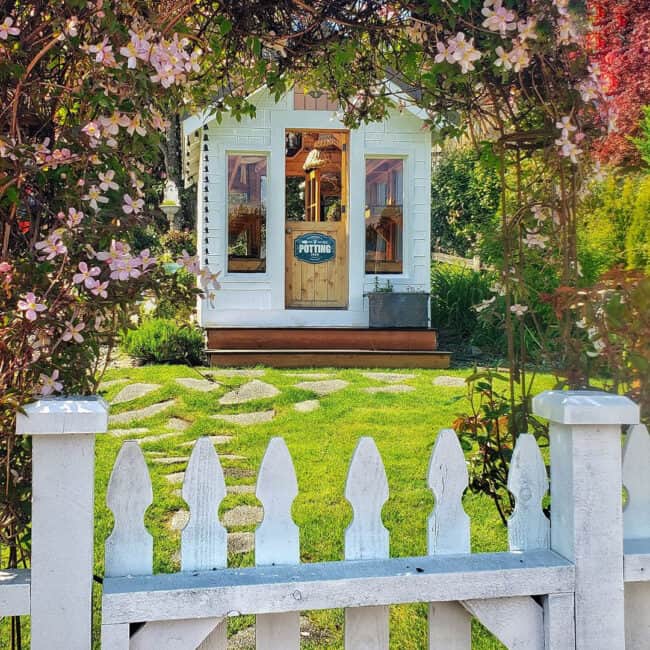
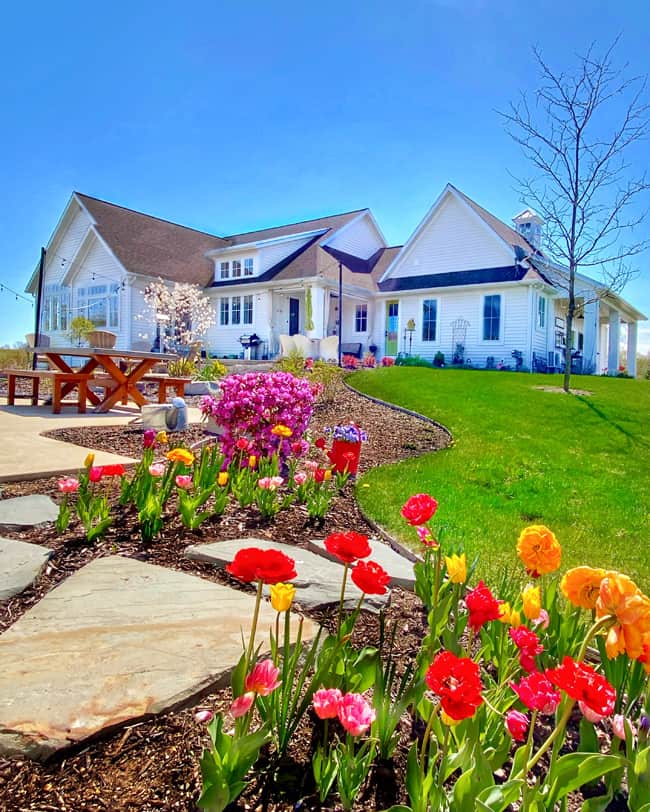
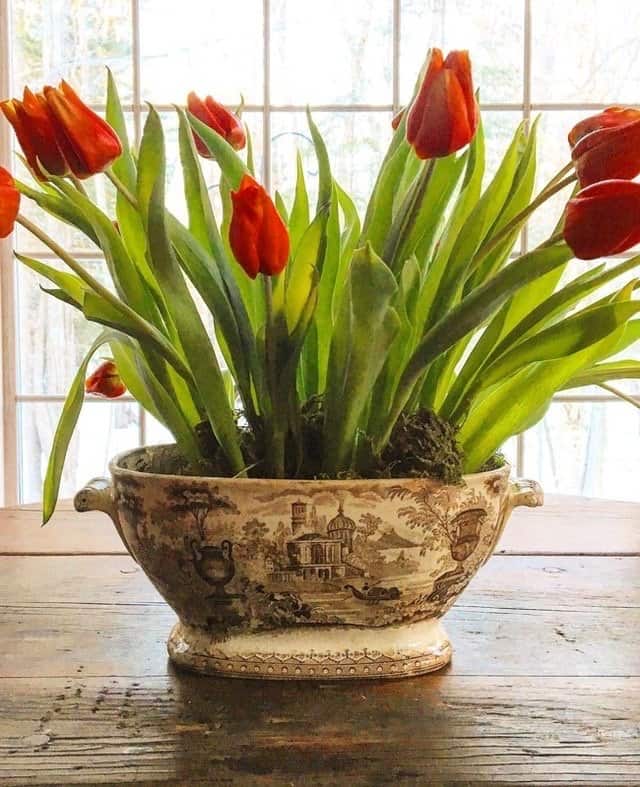
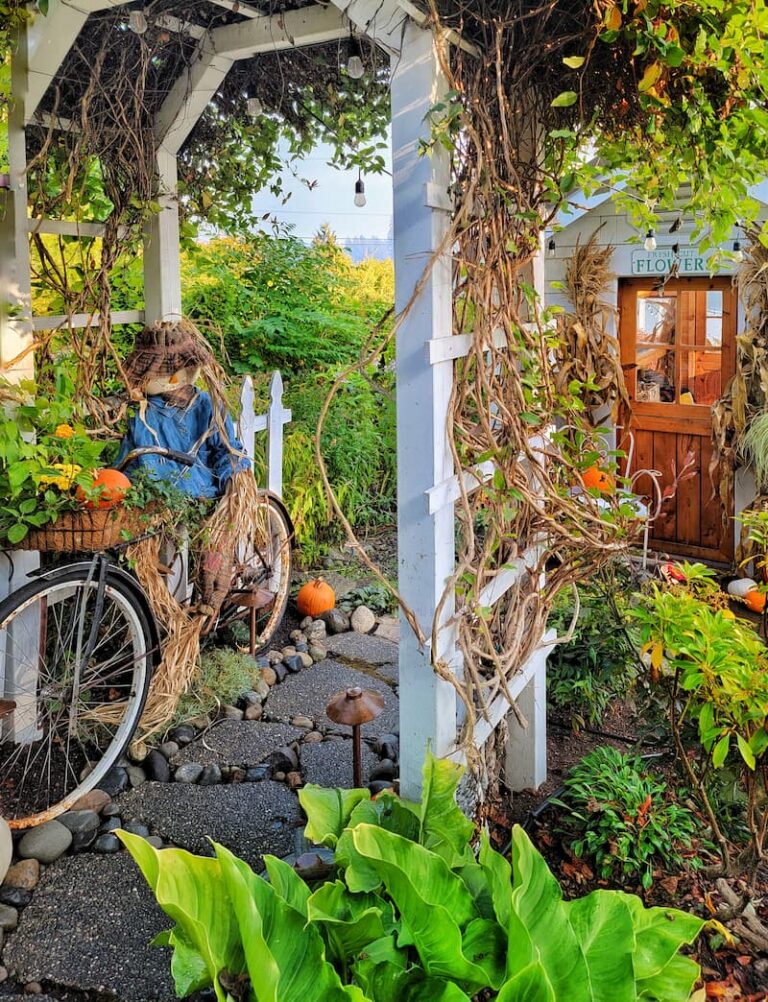
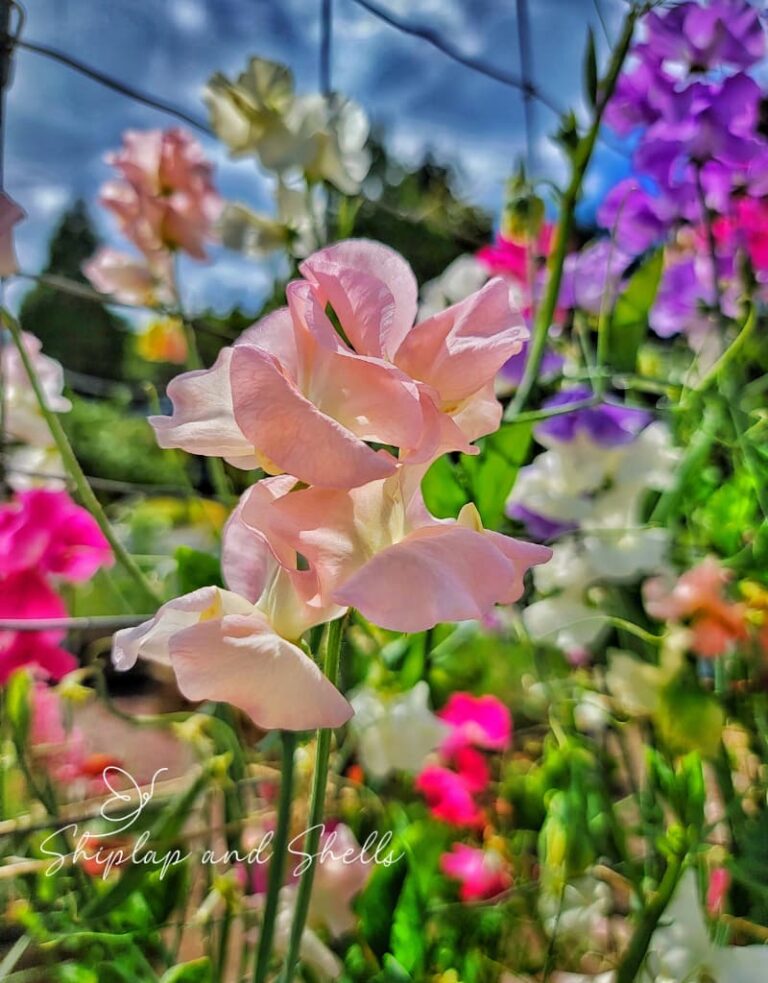
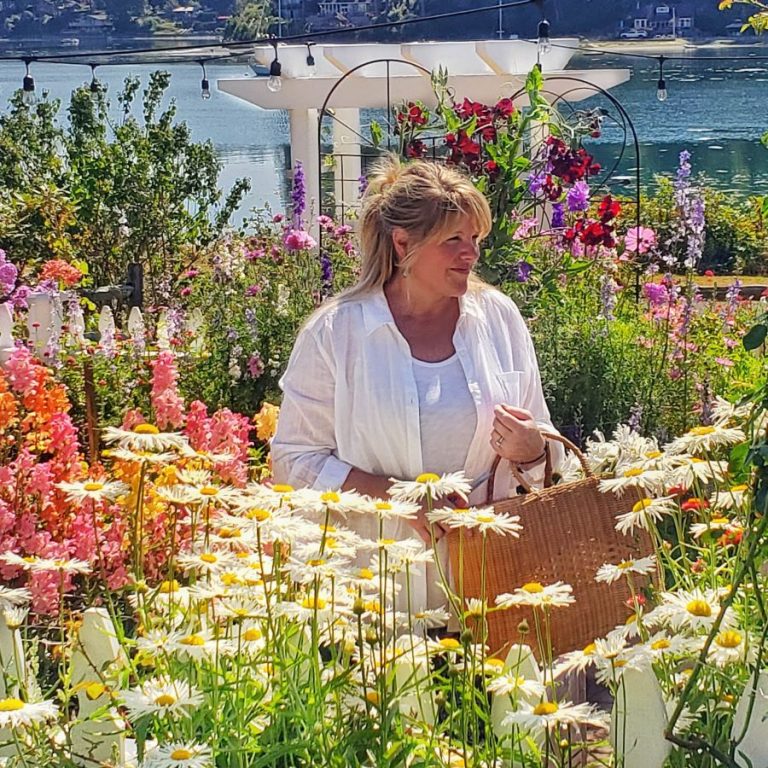
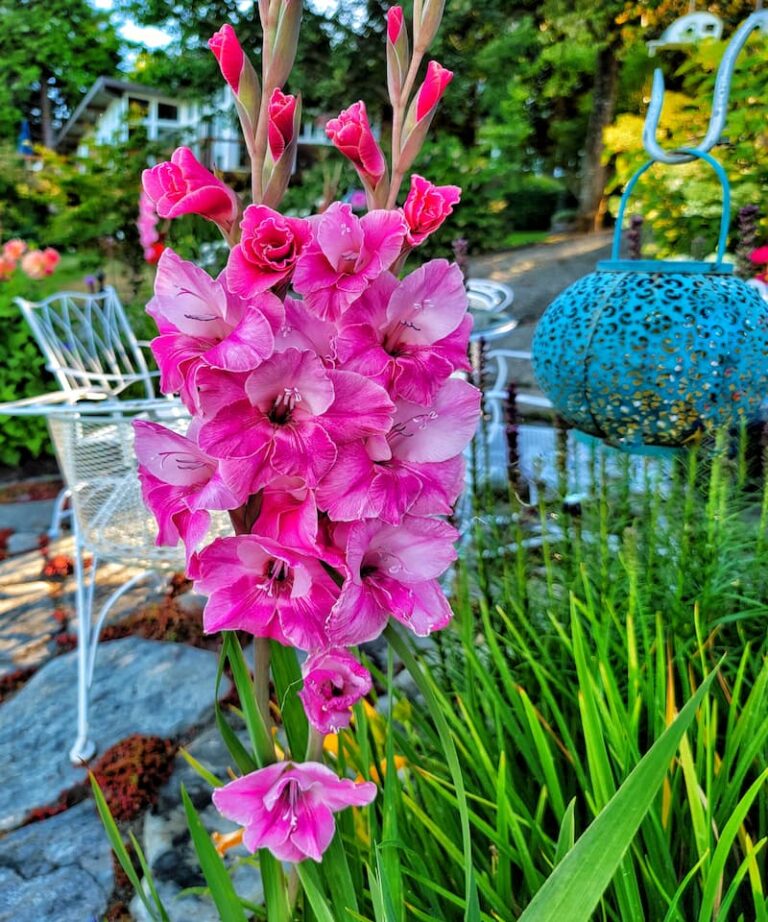
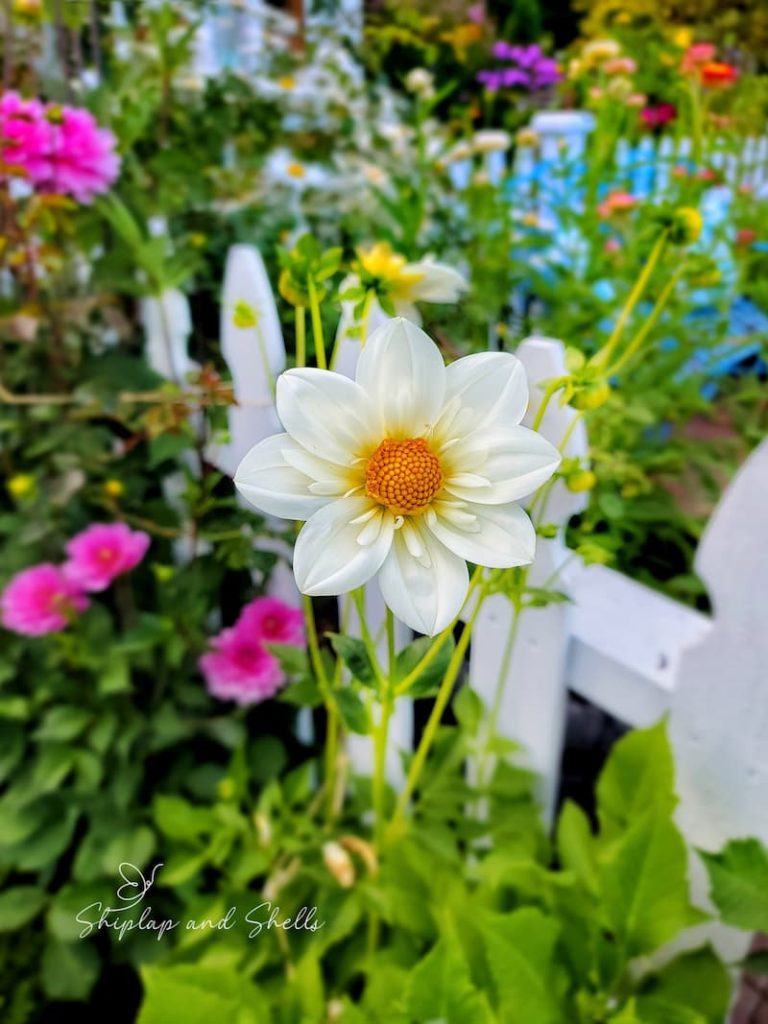
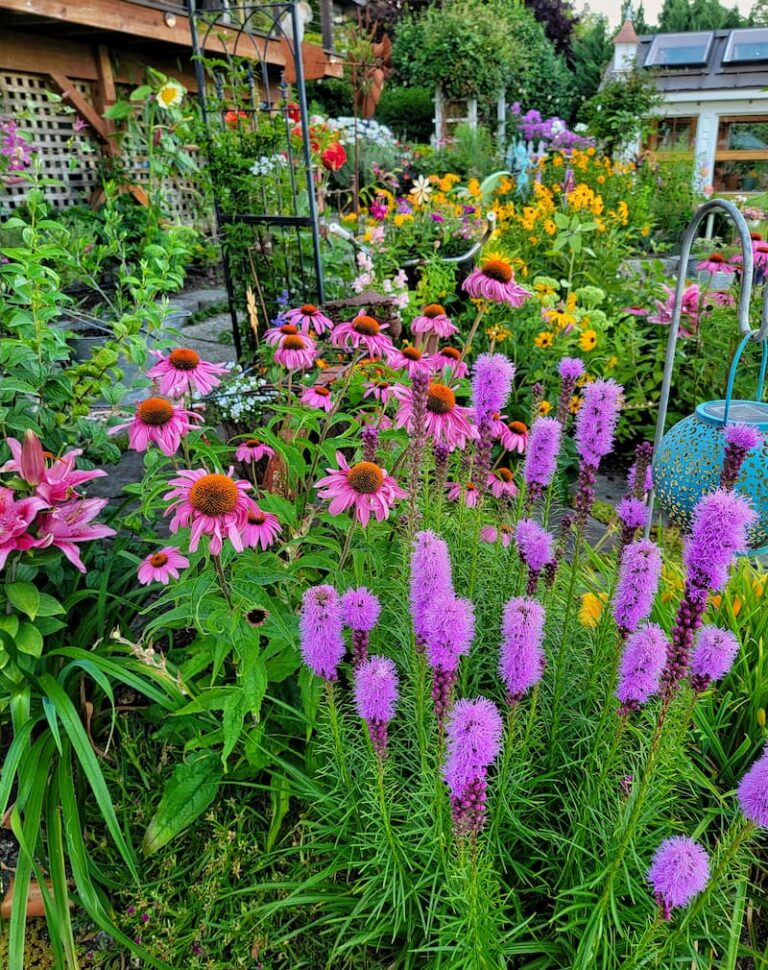
Hi Kim, I can’t tell you how much I enjoyed this post; it was just what I’ve needed being cooped up in the house with a bum neck, haha. I was just telling my husband today about starting geraniums from cuttings since I had him take me all over town looking for geraniums that are picked over and too expensive. I’m featuring your post at All About Home Monday evening. thanks so much for coming by to join in!
Oh Debra! You are too sweet! I am hoping you are starting to feel better. It is crazy how expensive geraniums are, and I have so many containers, it was costing me hundreds of dollars every year. The only thing I would do differently next year, is to start them a month early. The cuttings take forever to grow! Thank you so much for the feature. I really do appreciate you hosting and love your party!
I love your garden! I tried to keep my geraniums one year but they didn’t survive. I had them in our basement and I think it was a little too dark for them. I think I wish I had a greenhouse where I could store plants over winter. On the other hand, I left some trailing plants in a pot outside over winter and to my surprise, they’ve survived and I’ve distributed them amongst my summer containers this year to a bit of money!
Having a greenhouse really helps! I’m sure it was because they were not getting enough light. Thank you so much for visiting Jayne! I really appreciate it!
Oh, wow! How lovely your garden grows, Kim! I’d be in heaven with a garden like that. I can tell you’ve spent a lot of time preparing your garden. Everything looks so gorgeous.
Thank you so much for the kind words Crissy! Sometimes I wonder why I took on so much, but then I get out there, and I’m so glad I did! Thank you for visiting!
Your hard work is paying off! I just love your garden space. Is the stock tank with broccoli in it 12″ deep? I am looking at a couple for raised beds and the 2′ tall ones look way too deep, but wasn’t sure if the 12″ deep tanks are optimal. Thx!
Thank you Kim! Yes, they are 12′ deep, and I wouldn’t want to go any deeper!
I’ve learned so much about guarding just watching your videos. You rock!
Thank you Jeff! I really appreciate you watching my gardening videos!
I love your gardens! Your wisteria is so gorgeous!. I just planted one and am creating a new area by the shed we are renovating. I can’t wait to watch your gardens grow this year Kim! xoxo
Thanks so much for all the sweet compliments! I am looking forward to following your garden progress!
I love it!! I’m curious what fish mulch is..?
Thank you Tracy! It’s an organic garden fertilizer that’s made from throw away parts or a whole fish. In our case, it is salmon that could not be sold for consumption. It’s supposed to provide a quick nitrogen boost!